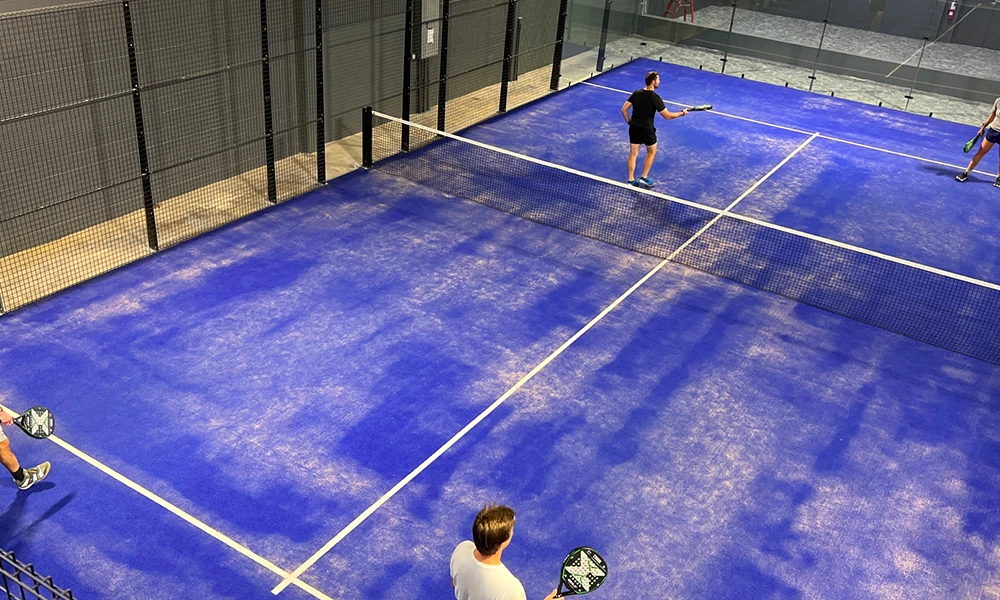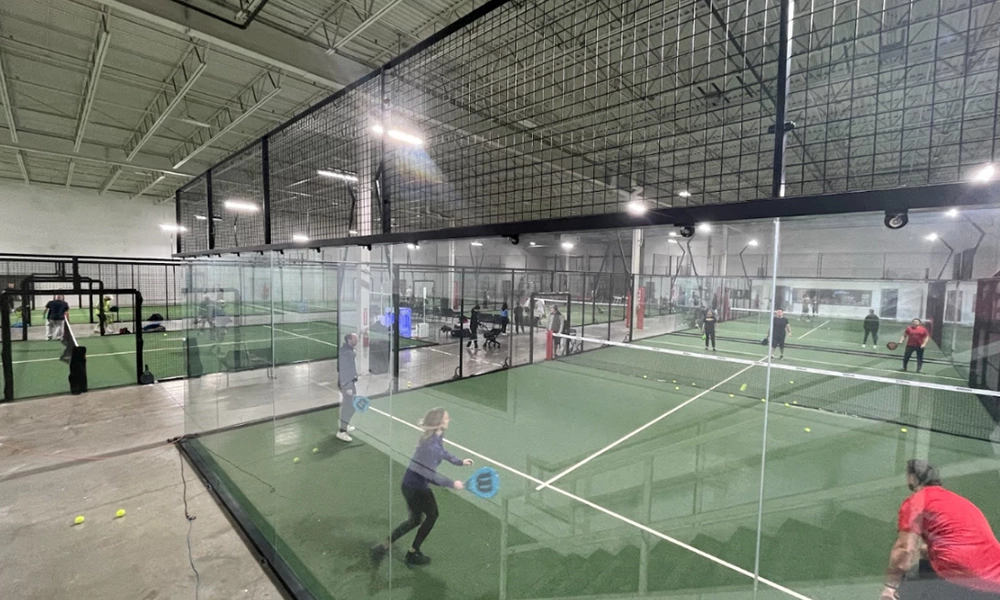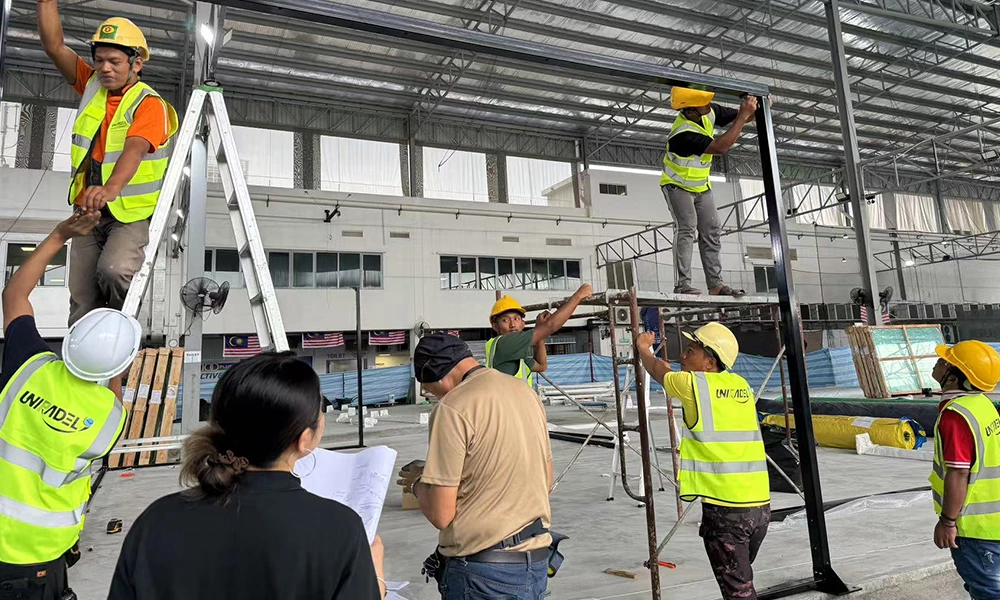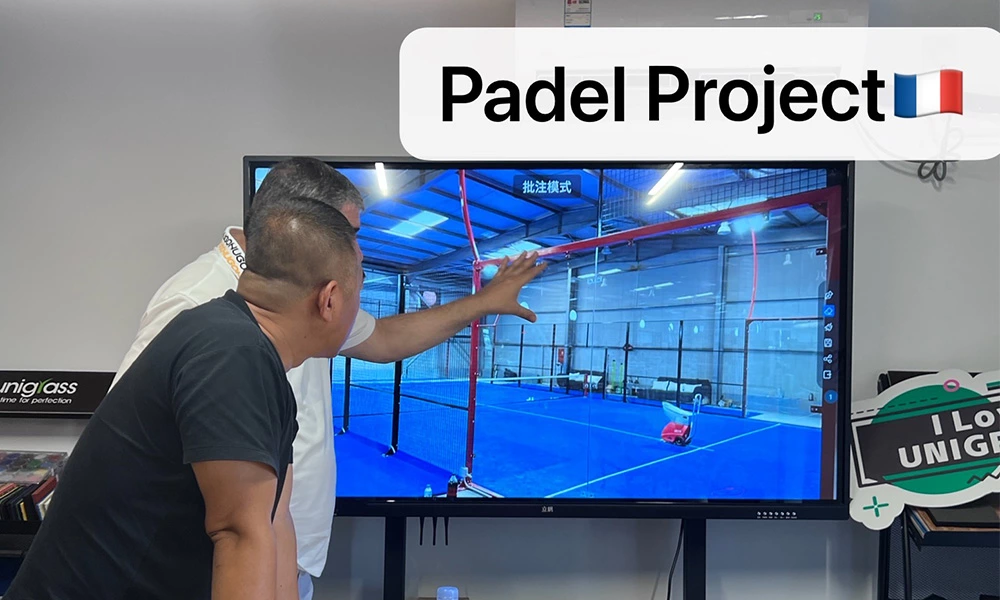Padel Court Profit Model Market Research Report
Padel is an emerging sport that combines elements of tennis, squash and badminton. It is becoming increasingly popular around the world because of its ease of use, strong social attributes, and suitability for family and friends to participate. As more and more investors pay attention to this sport, understanding its profit model has become an important issue for venue operators and commercial developers.
Global Padel Court Price Analysis
The price of using a padel court varies greatly depending on the region and operation method. We investigated the venue rental prices in many countries and regions and came to the following conclusions:
New York, USA:
Take "Padel Haus" as an example. During peak hours, non-members pay up to $55 per person per hour. Although the number of venues is limited, the high demand drives prices high. New York City is also actively building new venues to meet the growing popularity of padel.
Gulf region (such as Dubai):
Dubai court prices are generally high, and peak hours often cost more than 100 euros per hour, showing the commercial potential of padel in wealthy markets.
Nordic region:
Prices in Sweden, Norway and other places are relatively stable, with peak hours of 40-50 euros/hour and off-peak hours of about 25-30 euros/hour.
Southern Europe and small cities:
Prices in Italy, Portugal and Eastern European countries are relatively affordable, and some courts even charge as low as 10-20 euros/hour during off-peak hours, which is conducive to rapid popularization and attracting beginners.

Analysis of diversified profit models
Padel courts have various ways to make profits. The following are the five most common business model combinations:
1. Membership system and venue rental income
Padel clubs often adopt membership management to provide members with discounts, priority reservations and other benefits. At the same time, opening rental to non-members is an important source of cash flow. Reasonable price gradients and package discounts can improve venue utilization.
2. Coaching courses and experience activities
Coaching courses for beginners and children can not only generate income, but also cultivate loyal users. Organizing activities such as Padel experience camps and parent-child courses can help improve brand awareness and customer stickiness.
3. Organizing competitions and events
By hosting local competitions, corporate team building, amateur leagues, etc., the social attributes and media exposure of the venue can be enhanced. At the same time, direct or indirect benefits from competition registration fees, sponsorship and audience economy can be obtained.
4. Supporting commercial services: cafes and retail stores
High-quality padel clubs are usually equipped with leisure areas or cafes, providing drinks and light meals to enhance the overall user experience. Setting up branded goods stores to sell padel peripheral products such as rackets, shoes, and clothing is also a considerable profit channel.
5. Advertising and brand cooperation
Set up advertising space outside the court and rest area, cooperate with local brands for promotion; or introduce brand naming rights and event sponsors to bring additional income to the venue operation and enhance the professionalism of the venue.
Market opportunities for padel courts
Boosted by the trend of healthy lifestyles
With the improvement of global health awareness, padel has become a new choice for fitness enthusiasts due to its strong sociality, low threshold and high consumption, and is widely welcomed by young people and family groups.
Easy to learn, suitable for national fitness
Compared with traditional tennis, Padel has a shorter learning curve and a smaller venue, which makes it easy for everyone from teenagers to the elderly to participate, and is an important tool for promoting national sports.
Multi-functional space utilization
In addition to daily sports training, the court can also flexibly host birthday parties, festival activities, brand markets and other diversified activities, creating more revenue scenarios for the court.

Investor focus: ROI (return on investment) of Padel court
Due to high frequency of use, high floor efficiency and high user stickiness, the investment recovery period of Padel court is usually between 2-3 years (depending on the region and operation mode).
The life of artificial turf can reach more than 8 years;
The structural materials of the court are simple to maintain and have a long service life;
Reasonable layout can accommodate multiple courts to operate at the same time, increasing unit area revenue.
Accurate positioning helps efficient profitability
The Padel court is not only a sports venue, but also a social and commercial complex space. As a world-leading sports venue construction and material supplier, UNIPADEL recommends that investors select appropriate venue design, material configuration and operation plans based on local market characteristics, customer spending power and brand positioning to promote the efficient and sustainable development of padel courts.




